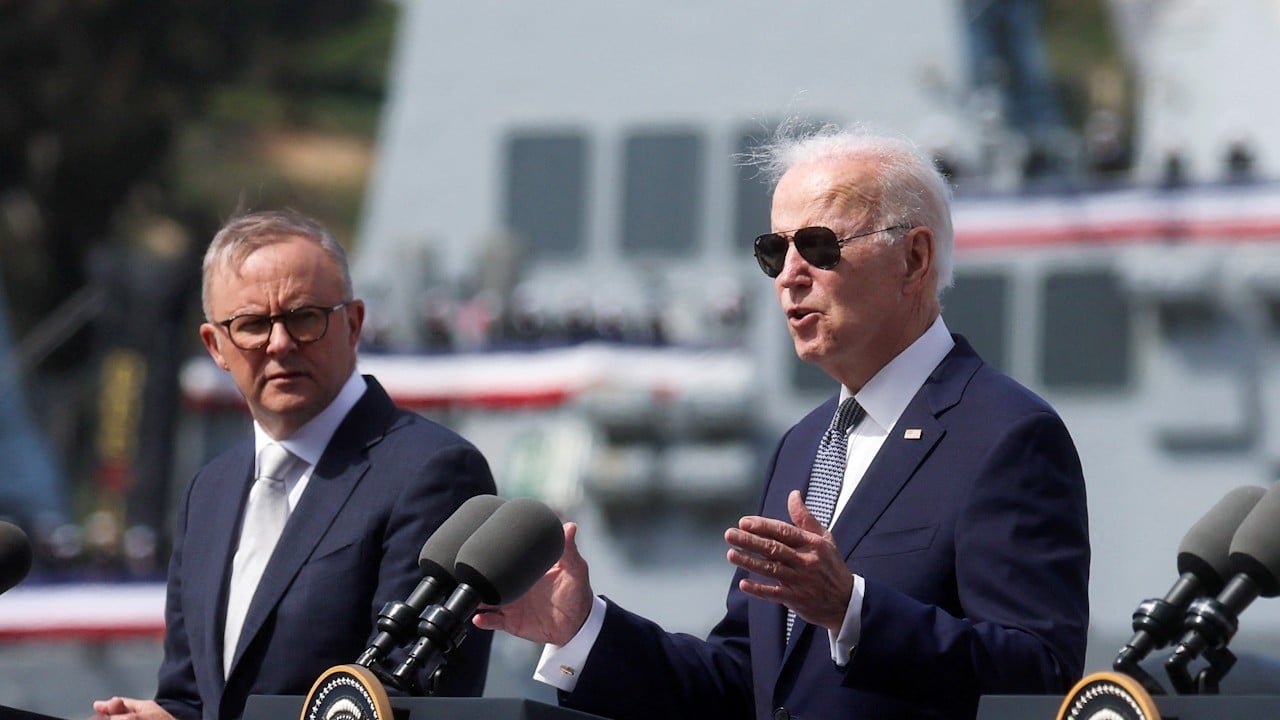
Amid Asia’s arms race, US and Chinese militaries must restart dialogue
- US-China competition is adding to an already volatile climate in the Asia-Pacific
- Military build-ups in the region are heightening the risk of conflict. Given this, the US and China must keep communication channels open
The Asia-Pacific has long been a hotbed of geopolitical tension and conflict. A complex web of territorial disputes, great-power rivalries, historical grievances and non-traditional security challenges has created an unstable environment.
More than the unresolved disputes involving multiple countries in the South China Sea, it is the competition among major powers, particularly between the United States and China, that is generating instability as they seek to either assert influence or maintain regional dominance.
Li also warned against the establishment of Nato-like military alliances in the region, and accused a great power of meddling in China’s internal affairs by supporting Taiwan militarily and conducting high-level visits to the island.
While countries including the United States recognise that Taiwan is part of China, the US has been hollowing out the one-China principle with its actions.
US-China war risks grow as Beijing sees little point in talking to Biden’s team
This month, Li Song, China’s permanent representative to the International Atomic Energy Agency, criticised the Aukus deal. At an IAEA meeting, he said the agreement involved the transfer of weapons-grade highly enriched uranium, thus undermining the Treaty on the Non-Proliferation of Nuclear Weapons.
Certainly, the struggle for dominance in the region has put pressure on the smaller countries to side with either China or the United States. However, many Asian nations are actively pursuing stability and urging both Beijing and Washington to manage their differences better. A further deterioration in US-China relations would cause geostrategic instability.
At the Shangri-La Dialogue, Singapore’s Defence Minister Ng Eng Hen expressed profound concern over the decline in exchanges between the US and Chinese military establishments, as well as the potentially disastrous consequences for the region.
He emphasised that Singapore and other Association of Southeast Asian Nations members “are not disinterested bystanders”, with regard to worsening US-China relations. He went as far as to say, “For Asia and the wider Indo-Pacific region, the US–China relationship is central to stability.”
Currently, the military operations of the US near China’s shores contribute to an escalation in conflict risk, on top of the existing volatility in the region. With the growing militarisation, the presence of US military assets in the region and Nato’s proposed expansion, it is no wonder that China feels encircled.
In the militarisation across the region, there are echoes of the Cold War with its bloc politics. Peaceful coexistence and stability in the Asia-Pacific is becoming a distant dream.
The region is increasingly characterised by major-power competition, notably that between the United States and China. The arms race and military build-ups in the region could escalate tensions and heighten the risk of conflict, particularly if trust and communication channels are lacking.
Thus, there is an urgent need for the US and China to resume security dialogue and crisis communication; diplomatic channels must remain open and active to avoid confrontation. But most importantly, both the United States and China must demonstrate a willingness to moderate their positions and adopt a more conciliatory approach to resolving their differences.
Mariam Shah is a PhD scholar in peace and conflict studies



